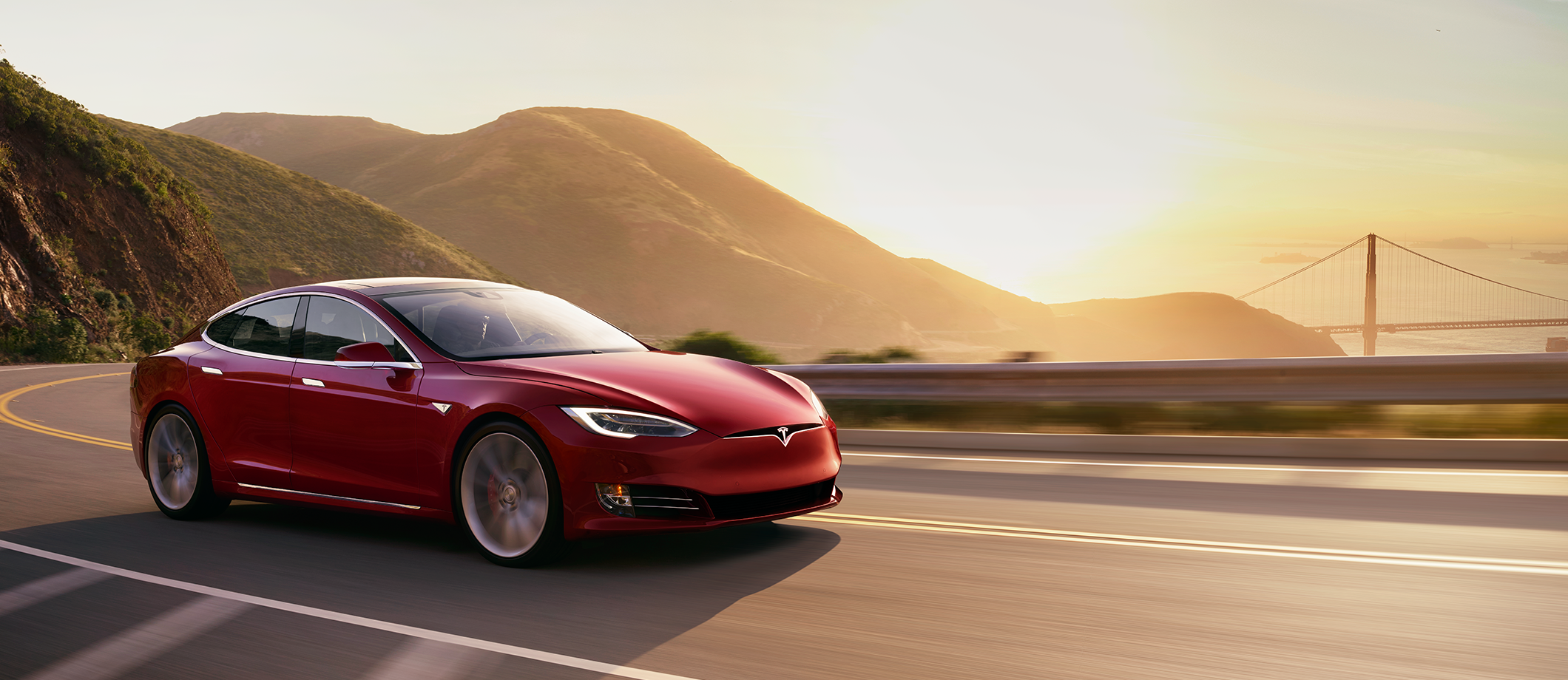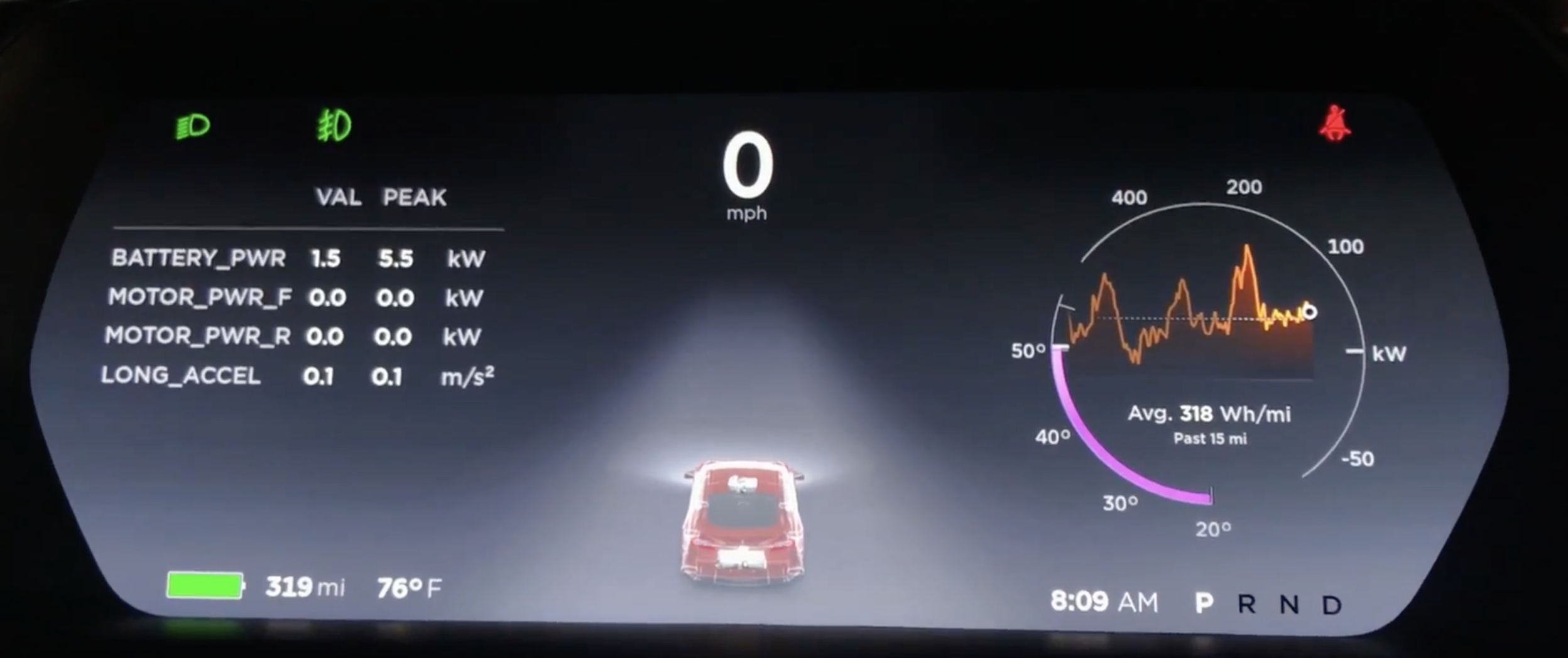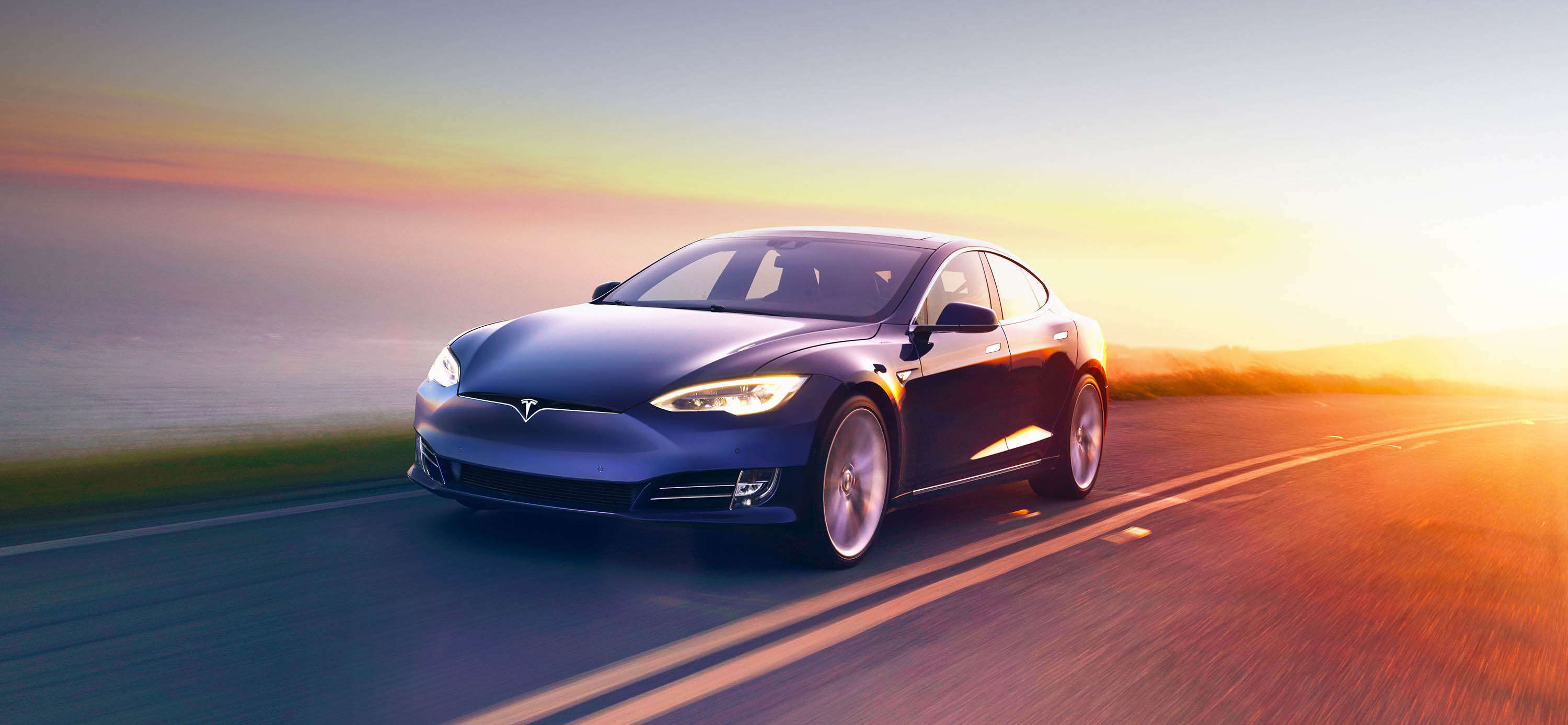Tesla could achieve 0-60mph acceleration in just 2.3s w/ new update for Model S P100D Ludicrous, says Elon Musk


As we reported yesterday, Tesla finally started pushing the software update promised by CEO Elon Musk that includes an Easter Egg to enable an even quicker 0 to 60 mph acceleration in the Tesla Model S P100D Ludicrous. The vehicle was already the “Quickest Production Car in the World” with a 2.5-second 0 to 60 mph acceleration, but now the first test with the new update showed a 2.4-second time.
And that might only be the beginning as Musk now says that 2.34 seconds “might be achievable”, which would again raise the bar for sedans and even most supercars.
Expand
Expanding
Close




